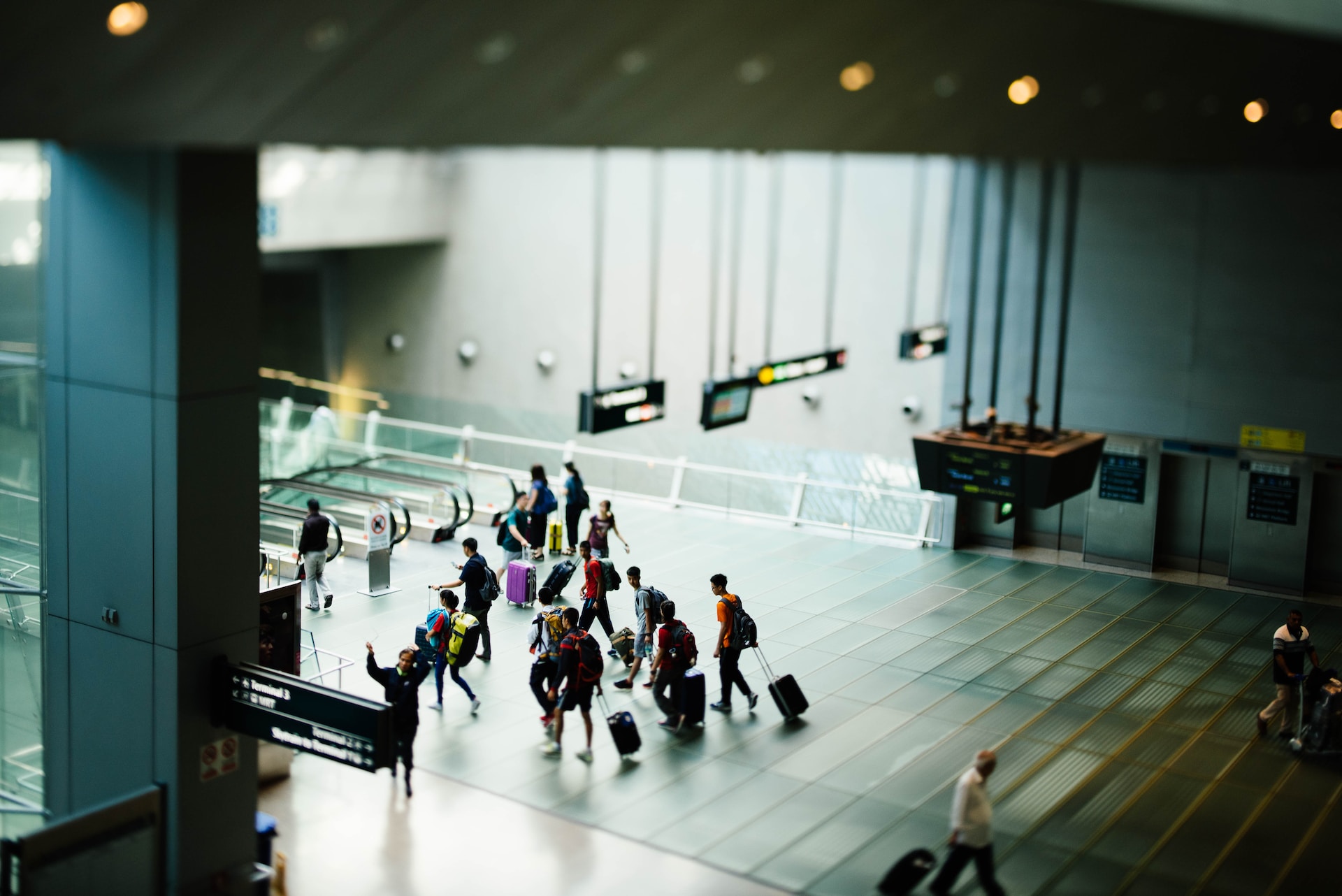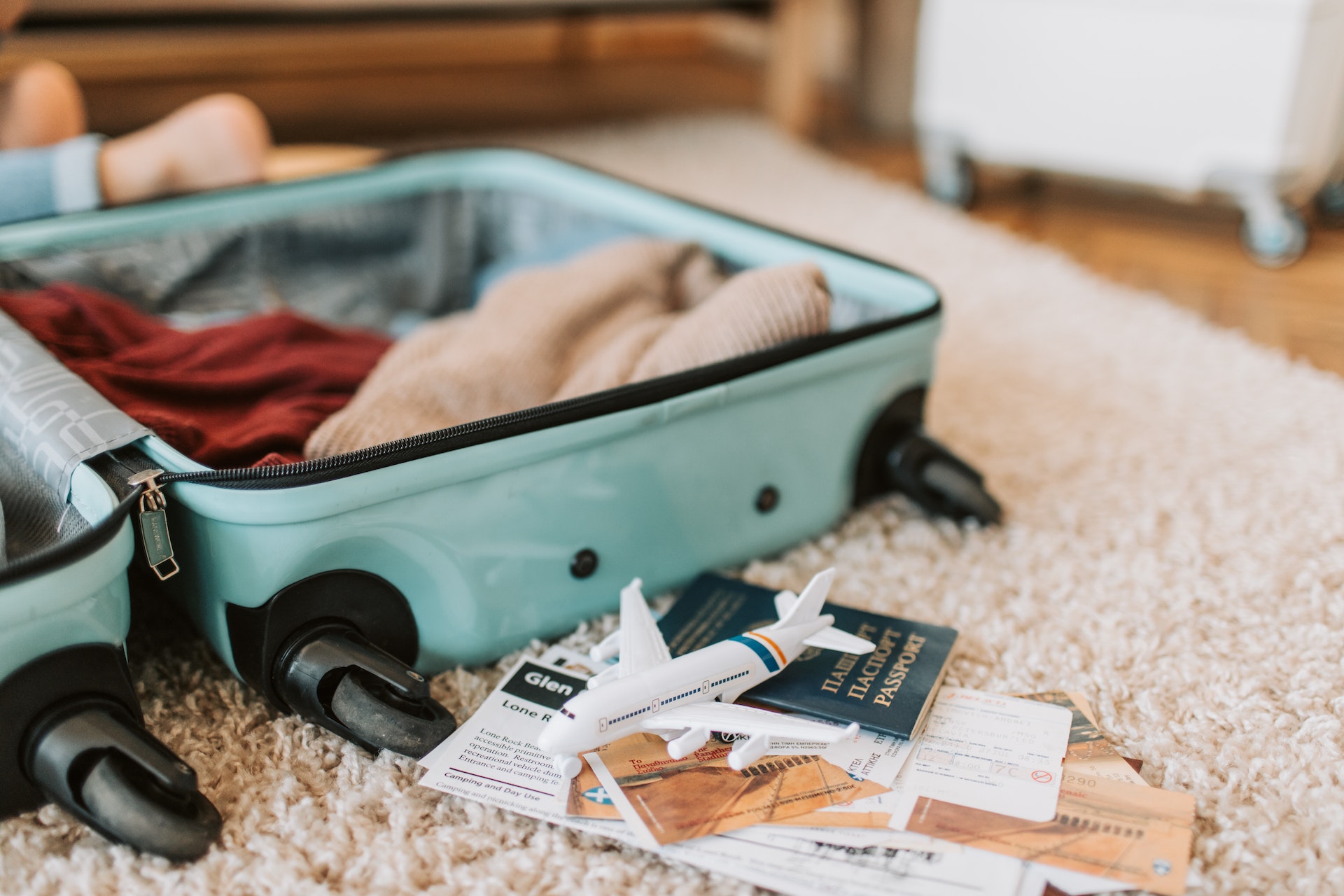
Navigating the airport can be a daunting experience, especially when it comes to ensuring you have the necessary documents. For international flights, keeping up with your passport is crucial, but for domestic flights, simply having your standard-issue driver’s license will suffice — though not for much longer. Starting May 7, 2025, passengers will be required to have a Real ID in order to fly in the United States. The problem? Many Americans have no clue how to obtain one.

What is a Real ID?
Real ID is a government-issued identification card or driver’s license that meets enhanced security standards established by the Real ID Act, required for domestic air travel and access to federal facilities. A Real ID can be identified by a gold star in the upper right-hand corner of a driver’s license, driver’s permit, or identification card. Beginning May 7, 2025, the Transportation Security Administration (TSA) can only accept a driver’s license or identification card that meets these standards.
Since TSA can’t legally allow boarding without this upgraded identification, travelers must obtain a Real ID through their respective Department of Motor Vehicles (DMV). So now, before you enter the hustle and bustle of long lines, security checks, and last-minute gate changes at the airport, you’ll first have to brave the DMV.

Real insight into TSA’s Real ID struggle
To shed light on Americans’ knowledge and preparedness regarding Real ID, Upgraded Points surveyed more than 2,000 participants to gauge their understanding of how Real ID works and what the impact of this change might look like for TSA.
Generationally, Baby Boomers and Gen Z are those least likely to have heard about Real ID, but 78% of Americans are aware of what a Real ID is. Remarkably, however, 1 in 3 people surveyed — roughly 32% — say they do not know how to get one. Unfortunately for these travelers, the news is that an in-person trip to the local DMV is in order.
Roughly 30.6% of respondents say they do not plan to get their Real ID — meaning after the deadline, they won’t be able to get through TSA to board a flight. Women are reported to be 18% more willing to make the change than men. Cost is a significant concern for a portion of individuals who do not plan to obtain their Real ID, with approximately 1 in 10 respondents citing cost as a barrier. For example, in states like Pennsylvania, some residents may be charged a one-time fee and a renewal fee of more than $60.
Among those who plan to obtain their Real ID, the average target date cited was mid-February 2024 to allow them ample time to complete the process. The survey findings revealed an intriguing pattern for people who are self-reported frequent travelers. Frequent travelers are 19% more likely to be aware of what a Real ID is, and 49% are more likely to have already acquired one for themselves.
Most people — 88.6% — mistakenly believe that Real ID is required by TSA earlier than it is, which could be because the deadline has been extended multiple times. Surprisingly, more than a quarter of people think the Real ID date has already passed as of June 2023, further highlighting the significant confusion surrounding the deadline and requirements. Only 7.1% of people surveyed could accurately identify the Real ID date within a month, and an even smaller subset of individuals, at 1.3%, are aware of the actual May 7, 2025 enforcement date.



